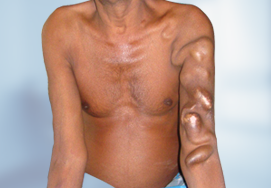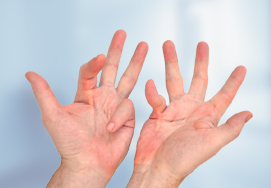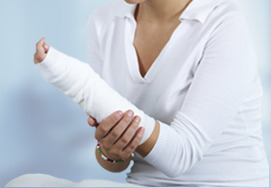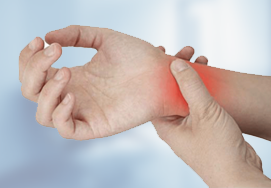Pollicisation
Recommended if your child has aplasia of thumb, severe hypoplasia of thumb, congenital minor hand, macrodactyly, traumatic loss of the whole thumb, and congenital deformities

- What is pollicisation?
- Which individuals are eligible for the surgery?
- How to prepare for the surgery?
- What will happen during the surgery?
- What is the aftercare of the surgery?
- What are the post surgical considerations?
What is pollicisation?
Pollicization (or pollicisation) is a hand surgery technique in which a thumb is created from an existing finger.
The function of the hand depends on the finger and mainly the thumb as it is used for grasping and pinching. Some children are born without thumb or with an undeveloped thumb. In such cases, surgeons would suggest a surgery to reposition the index finger, which works like a thumb.
Pollicisation is a type of hand surgery technique to create a thumb from the existing finger, usually the index finger. It can be performed by using either a normal or an injured digit.
Which individuals are eligible for the surgery?
Your surgeon may recommend the surgery if your child have
- Aplasia of thumb
- Severe hypoplasia of thumb
- Congenital minor hand
- Macrodactyly
- Traumatic loss of the whole thumb
- Congenital deformities
Children who have a habit of using index finger as thumb are considered as good candidates for surgery.
How to prepare for the surgery?
Before the surgery, you need to
- Gather clear information from the surgeon
- Inform your surgeon if your child has any medical issues
What will happen during the surgery?
Pollicization is an amazing operation that combines surgical skill with brain plasticity. The concept is to substitute a functioning finger for a deficient thumb
General anesthesia is given to your child to make him or her to sleep throughout the procedure. Then your surgeon applies the tourniquet to your child’s hand to prevent blood loss. Your surgeon makes the skin incision near the index finger, and the tendons and muscles are released from the tendons and muscles of the new thumb. The growth plate of the metacarpal is cut and is destroyed to ensure that the reconstructed thumb does not grow longer. Then the finger is repositioned at the desired position and secured with steel wires and sutures. The new tendons are stitched, the incision is closed with absorbable sutures and the extra skin is trimmed. Finally, the palm is dressed in a cast.
What is the aftercare of the surgery?
After the surgery, your surgeon may refer your child to occupational therapist. Occupational therapist can teach your child stretches and activities that can help to use the thumb with full potential. It may take 4 weeks to heal and 8 weeks to move the thumb with some resistance. In about 12 weeks, the thumb would be fully functional.
You need to take care of your child by following certain instructions suggested by your surgeon.
- Massage the scars with Vaseline
- Make your child to practice the exercises prescribed by the occupational therapist
- Try to avoid wetting the wound
What are the post surgical considerations?
Risks and complications of the surgery are
- Arterial inflow compromise
- Necrosis
- Scar contracture
- Joint stiffness
- Edema
- Nail deformity
- Cold intolerance
- Abnormal sensitivity














